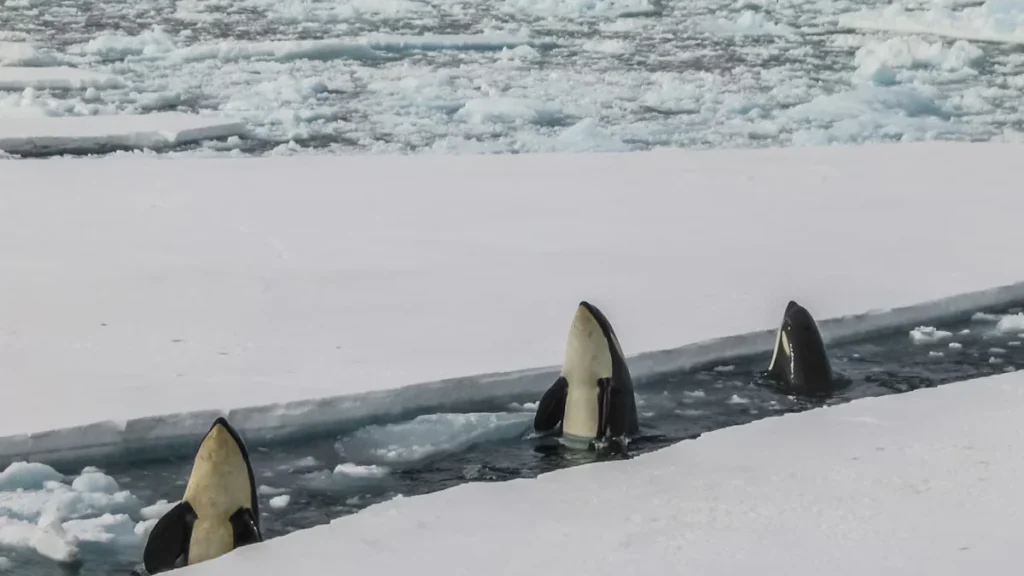Antarctica Was Ice-Free 34 Million Years Ago Before Carbon Dioxide Declines and Tectonic Isolation Triggered Its Icy Transformation
Antarctica was ice-free around 34 million years ago, during a period known as the Eocene-Oligocene boundary. The continent, now a vast frozen landmass, once resembled regions like northern Canada, covered with tundra and forests. According to paleoclimatologist Eric Wolff from the University of Cambridge, this drastic change was largely driven by shifts in carbon dioxide (CO2) levels and tectonic movements that isolated Antarctica from warmer ocean currents, triggering its transformation into an icy wilderness.
The Role of Carbon Dioxide
A major factor in Antarctica’s transition to ice was the significant reduction in atmospheric CO2. During the Eocene epoch, CO2 concentrations were much higher than today—estimated to be between 1,000 and 2,000 parts per million (ppm), compared to current levels of around 420 ppm. Geochemist Tina van de Flierdt from Imperial College London notes that this decline in CO2 levels led to a decrease in global temperatures, creating conditions conducive to the formation of ice sheets. As CO2 levels continued to drop, the cooling effect became more pronounced, setting the stage for the ice-covered landscape that now defines Antarctica.
Tectonic Shifts and Isolation
In addition to CO2 reductions, tectonic movements played a key role in Antarctica’s freezing. The separation of South America from Antarctica during this period opened the Drake Passage, which allowed the formation of the Antarctic Circumpolar Current. This oceanic current effectively isolated the continent, preventing warm tropical waters from reaching its shores. As a result, Antarctica was subjected to colder, more stable temperatures, accelerating its transformation into a frozen desert.

The Eocene-Oligocene Climate Shift
This shift from a warm, ice-free continent to one dominated by ice sheets marked a pivotal moment in Earth’s climate history. The Eocene-Oligocene boundary is recognized as a time when global temperatures dropped significantly, and Antarctica’s isolation contributed to a more dramatic regional change. Scientists suggest that the ice buildup in Antarctica also had far-reaching effects on global sea levels, ocean circulation, and weather patterns.
Modern Climate Comparisons
Understanding what triggered Antarctica’s ice-covered state helps scientists predict future climate trends. The historical record shows that significant changes in CO2 concentrations can have a profound impact on global temperatures and ice coverage. Today, rising CO2 levels due to human activities are contributing to polar ice melt, raising concerns that the reverse of Antarctica’s freezing process may be underway.
Future Implications
As CO2 levels continue to rise in the modern era, there are fears that parts of Antarctica’s ice sheets could begin to melt at an accelerated rate. This would lead to rising sea levels, affecting coastal regions globally. The same forces that froze Antarctica millions of years ago are now being studied to understand the potential for major environmental shifts in the future.
Antarctica’s ancient history serves as a reminder of how delicate Earth’s climate system can be, with CO2 levels and tectonic changes dramatically altering the fate of entire continents.


















